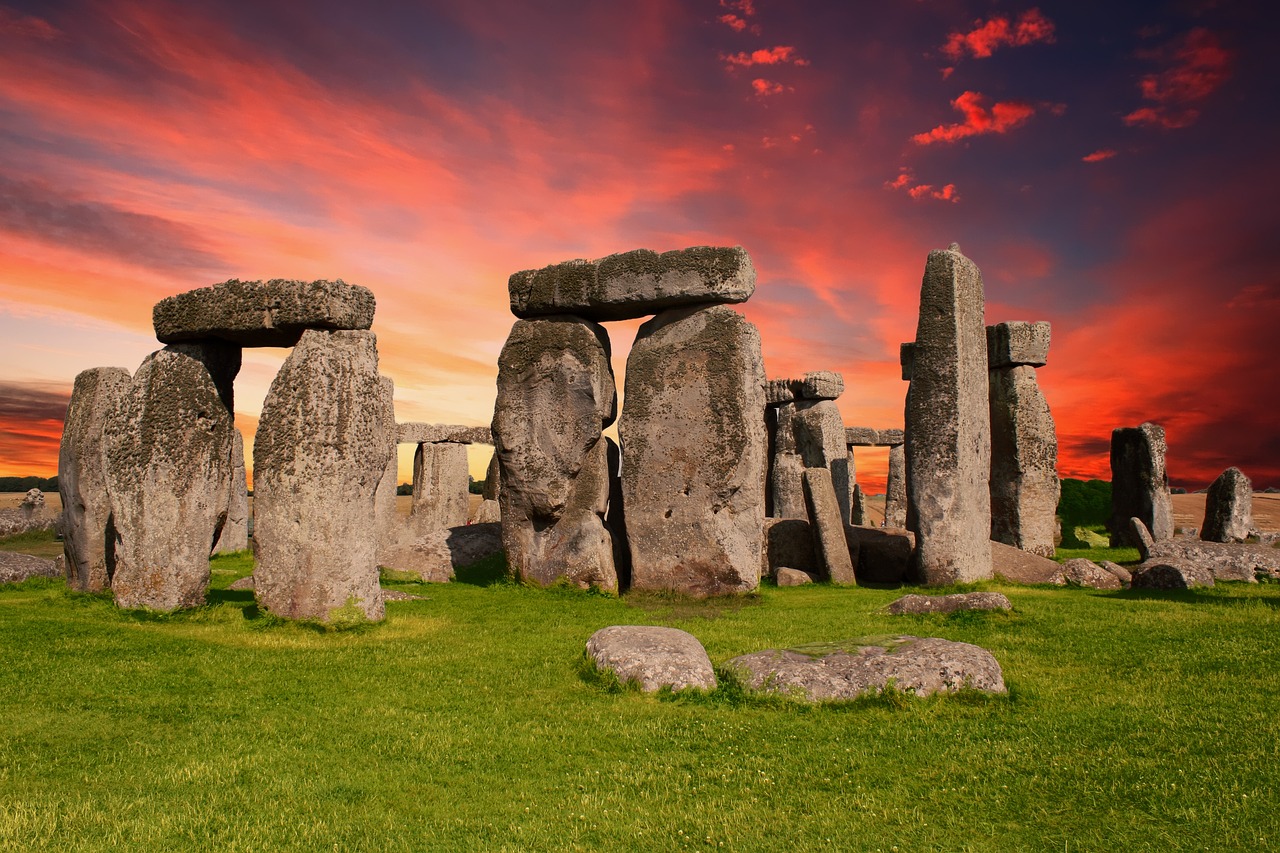
Pre-reading questions:
- Have you ever heard of or seen Stonehenge?
- Can you name one famous ancient monument or structure in your country?
Vocabulary:
- mystery /MIS-tuh-ree/
- publish /PUHB-lish/
- dig /dig/
- advanced /ad-VANST/
- ceremony /SER-uh-moh-nee/
[noun] – something strange or not known that has not yet been explained or understood
The disappearance of the ancient civilization remains a mystery.
[verb] – to make information available to people, especially in a book, magazine, or newspaper, or to produce and sell a book, magazine, or newspaper
The author published her first novel last year.
[noun] – the process of carefully removing soil and objects from an area of historical interest
The archaeologists conducted several digs at the ancient site.
[adjective] – highly developed or complex; moving beyond basic levels
The new technology is an advanced version of the previous model.
[noun] – formal events or rituals performed on special occasions
The ancient ceremony involved several rituals, including the lighting of candles and chanting of prayers.
Article reading:
True or False:
- Stonehenge was used for ceremonies.
- The altar stone’s special features do not match the Welsh rocks.
- Researchers found that the stone matches rocks from Wales.
- The altar stone at Stonehenge was originally thought to come from Scotland.
- The researchers have fully explained the stone’s role in Stonehenge.
Fill in the blanks:
| mystery | published | digs | advanced | ceremony |
- Solving the __________ of the missing keys took hours of searching.
- Historical __________ often reveal surprising artifacts from the past.
- The company’s __________ machinery improves production efficiency.
- The citizenship __________ was an emotional event for many immigrants, as they took the oath to become new citizens of the country.
- After months of editing, the magazine finally __________ the special issue.